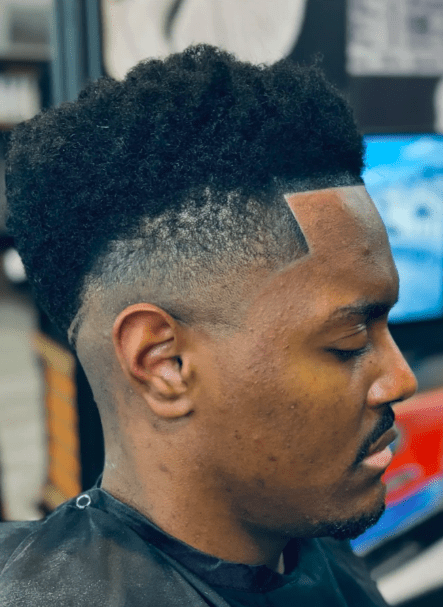Ensuring Patron Wellbeing By means of Effective Wellness and Security Regulations within the Grooming Industry
Ensuring Patron Wellbeing By means of Effective Wellness and Security Regulations within the Grooming Industry
Blog Article
The hair grooming sector holds a significant role in personal grooming and self-care. However, it is essential to prioritize the health and safety of both customers and stylists in this setting. Robust sanitation and protection regulations are crucial for maintaining hygiene standards, preventing accidents, and ensuring a positive experience for everyone involved. By following these regulations, barbers can create a safe space that fosters trust and comfort among clients.
A single key aspect of well-being and hygiene in grooming is sanitation. Barbers must comply with rigorous hygiene practices, including frequent disinfecting of equipment and stations. This involves disinfecting scissors, trimmers, and brushes after every use to eliminate the risk of spreading germs or contamination. Additionally, professionals should use sanitized gowns and towels for each client to promote a hygienic setting. Applying these measures not only safeguards customers but also boosts the reputation of the barbering establishment.
Another critical requirement addresses the safe handling of chemicals used in styling services. Items such as coloring agents, relaxers, and other styling agents can pose risks if not handled properly. Stylists why not try this out must adhere to protective guidelines for the storage and application of these chemicals to prevent skin irritations or allergic reactions among customers. Using protective gear and ensuring sufficient airflow during procedures are essential steps that barbers should take to ensure client safety while delivering quality care.
Injury avoidance is also a key element of wellness and security requirements in grooming. Salons should be arranged with precaution in mind, reducing dangers such as wet surfaces or disorganized areas. Staff should be trained in emergency procedures, including how to manage lacerations or thermal injuries that may occur during service. Providing first aid kits and ensuring that all staff members know their locations is an excellent way to prepare for unexpected incidents. By prioritizing preventative actions, practitioners can maintain an atmosphere where patrons feel safe and well-attended.
Lastly, clear interaction is key to ensuring customer safety in local barber shop the grooming profession. Stylists should consult patrons about their preferences and any possible concerns linked to the treatments provided. This includes discussing allergies to products or previous adverse reactions experienced by individuals. By encouraging honest communication, professionals can develop rapport with their clients while ensuring that they receive personalized care tailored to their unique needs. In the end, upholding wellness and protection standards will lead to improved client satisfaction and a thriving haircare practice.